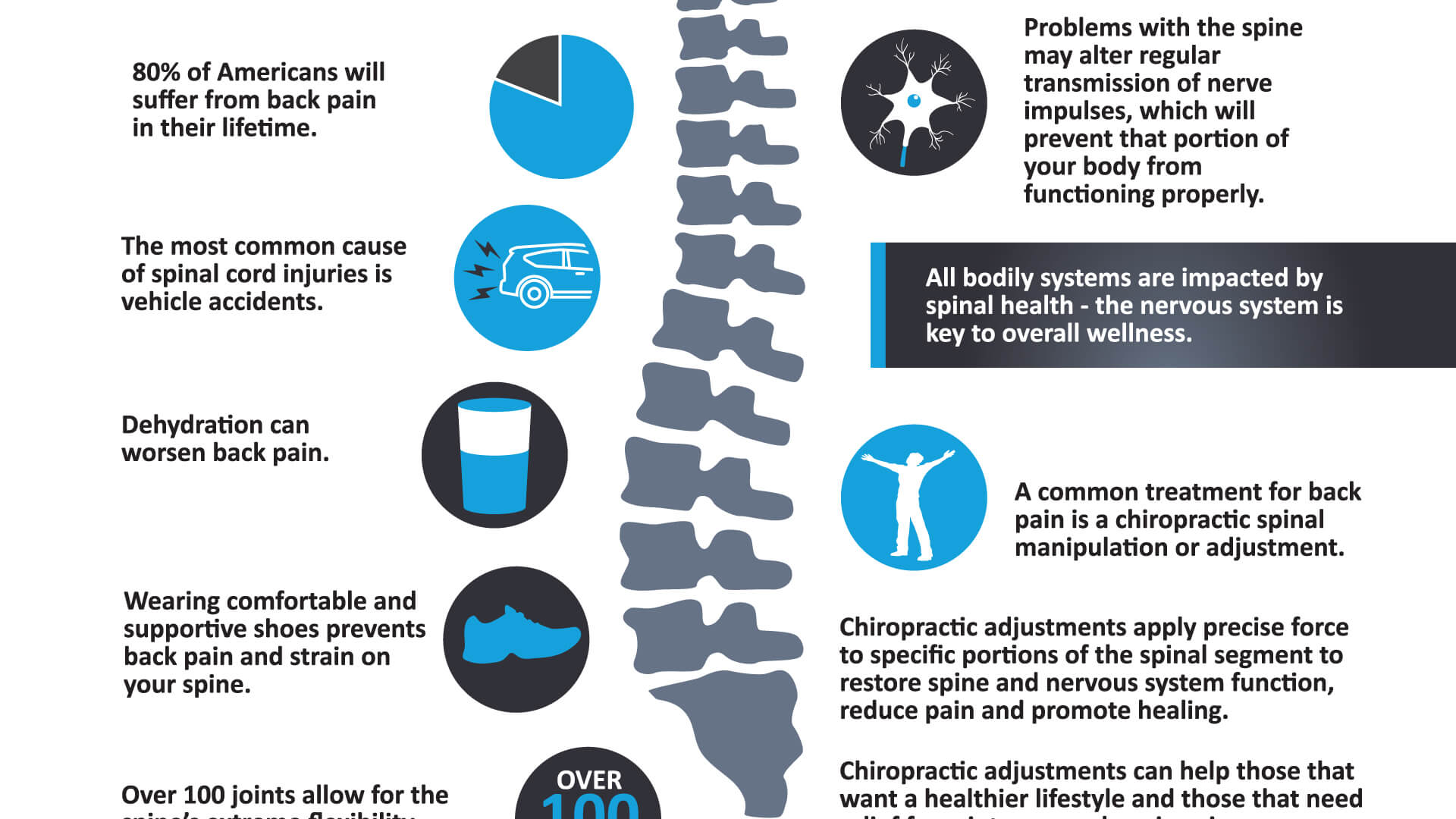Why Does Soft Tissue Therapy Pain? Recognizing The Refine
Why Does Soft Tissue Therapy Pain? Recognizing The Refine
Blog Article
Written By-Vazquez Rytter
When you go through soft Tissue therapy, you might discover it remarkably uncomfortable. This discomfort develops as pressure is related to stressful muscle mass and damaged tissues, triggering your discomfort receptors. While it can really feel distressing in the moment, there's a factor behind this sensation. Understanding what happens in your body throughout these therapies can aid you appreciate the process. So, exactly what is taking https://adjustmentchiropractornea61605.blogadvize.com/40390705/the-benefits-of-sports-massage-therapy-for-youthful-athletes under the surface area?
The Physiology of Pain During Soft Tissue Therapy
When you undertake soft Tissue therapy, your body's feedback to discomfort is a complicated interaction of physical processes. As the specialist uses stress, your body triggers pain receptors, sending out signals to your mind. This sets off the launch of neurotransmitters, such as material P and glutamate, which amplify the feeling of discomfort.
Your muscular tissues may likewise tense up in response, more making complex the experience. Furthermore, your body might release endorphins, natural medicines that can help minimize some pain.
The communication in between these processes can create an unique experience for each and every individual. Understanding this physiological response assists you navigate the experiences throughout therapy, enabling you to appreciate the balance in between discomfort and the possibility for recovery benefits.
The Role of Pain in the Healing Process
Although pain throughout soft Tissue treatment can really feel frustrating, it plays a crucial duty in the recovery process. When https://www.kare11.com/article/news/verify/verify-no-chiropractic-care-cant-boost-immunity-to-covid-19-or-cure-it/89-12fe19c5-5ee5-4255-9c58-d2c9fede37f0 experience discomfort, your body is signaling that it's working to fix damaged tissues. This action assists raise blood flow to the damaged area, delivering vital nutrients and oxygen needed for healing.
Furthermore, pain can promote the launch of endorphins, your body's all-natural pain relievers, developing a feeling of alleviation post-treatment. Embracing this pain can help you understand your body's limitations and urge you to attend to underlying concerns.
While it's uneasy now, this process is vital for long-term healing and improved feature. Recognizing pain as an essential part of recovery can encourage you to stay dedicated to your treatment.
Tips for Taking Care Of Pain During and After Therapy
Handling discomfort during and after soft Tissue therapy can dramatically improve your general experience and healing.
To start, interact freely with your specialist concerning your pain degrees; they can adjust strategies as necessary. Making use of deep breathing methods can additionally help you unwind and minimize discomfort.
Think about applying ice to the treated area post-session to reduce swelling and numb discomfort. Remaining moisturized help in the healing process, so consume alcohol a lot of water.
Gentle stretching and light activity after therapy can advertise blood circulation and simplicity tightness. Finally, guarantee you get appropriate rest to allow your body to recover.
Implementing these tips can make your soft Tissue therapy much more convenient and satisfying.
Conclusion
To conclude, while soft Tissue treatment can be unpleasant, it's vital to recognize that this pain plays a crucial function in your healing journey. By understanding https://rylansmhav.bloggosite.com/39881566/how-sports-massage-can-assist-soothe-muscle-discomfort at play, you can come close to the treatment with a much more positive attitude. Bear in mind, the first discomfort often paves the way to alleviation as your body launches endorphins. Embrace the procedure, and don't wait to use the pointers for taking care of pain to enhance your experience and healing.
